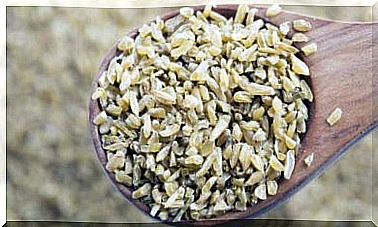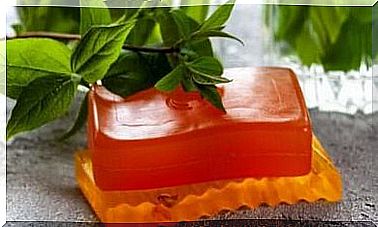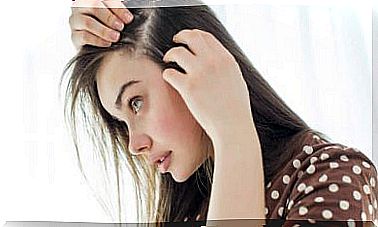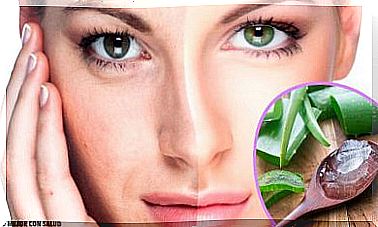Everything You Need To Know About Protective Masks

Masks are personal protective equipment for the user. Its function is to protect the person from exposure to potential contagion through the airways. They are made of a filtering material and have a nose clip or adapter and elastics to attach to the face.
Some of them even have exhalation valves. The valve facilitates breathing and prevents condensation. These are suitable for long periods of use.
Types of protection masks
Masks can be classified into two groups:
surgical masks
It is a mask designed to protect other people. This is because they filter the particles that the user emits during breathing, preventing them from reaching the outside.
Highly Effective FPP Masks
This type of mask protects the person wearing it. They are designed to filter particles present in the environment, preventing them from being inhaled by the user.
There are different formats, with different designs, which can be conical, horizontal or vertical. Furthermore, depending on the efficiency of the filtration, they can be class 1, 2 or 3. The type of class is determined by the filtering power in view of the contaminant’s toxicity and the environmental concentration present.
- FPP1: 78% filtration efficiency, ambient concentrations up to 4 VLA – environmental limit value.
- FPP2: 92% filtering efficiency, ambient concentrations up to 4 VLA – environmental limit value.
- FPP3: 98% filtration efficiency, ambient concentrations up to 4 VLA – environmental limit value.
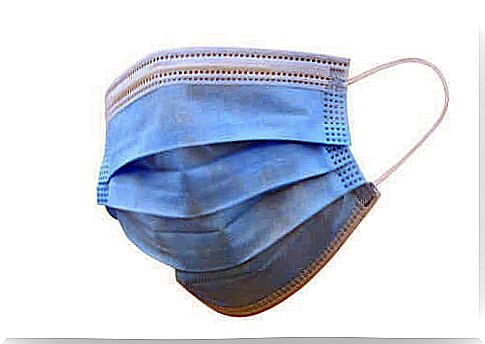
How should I use protective masks?
You should use the most suitable mask depending on the risk. However, before and after using it, you should also wash your hands. Put the mask on before entering a contaminated area and remove it when leaving. Also, you must adjust it correctly to ensure good protection.
It is important to change the mask after using it in case it gets wet or is damaged. It is also recommended to change your mask if breathing is excessive, for the same reason as moisture condenses and the mask loses its filtering ability.
What type of mask should be used in each case?
The surgical mask should be worn for as long as necessary and changed when changing activities or moving from one environment to another. This would be the logical and proper use of this element.
FPP2 masks must be adjusted to the shape of the face, completely covering the nose and mouth to protect the mucous membranes. They should be used following the protocol indications regarding isolation measures and other precautions for patients with communicable diseases. FPP3 masks are used in case of risk of exposure.
How to put on and take off protective masks
It is important that you know how to correctly put on the mask to protect yourself properly. Also, it is important to know how to get it off. If we don’t do these maneuvers correctly, we could contaminate or infect someone despite having worn a mask.
put on the mask
To put the mask on correctly, you must do it before entering the contaminated area and follow these steps:
- Wash your hands and check the expiration date. The mask must be free from defects in any of its parts.
- Put on the mask, but keep in mind the order of placement of the protective elements if you’re also going to use others. The order is as follows: blouse, hood, pants, mask, glasses, gloves.
- Fit the mask correctly to achieve adequate protection. If you wear glasses, you must take them off to put on and adjust your mask. After that, you can put the glasses back on.
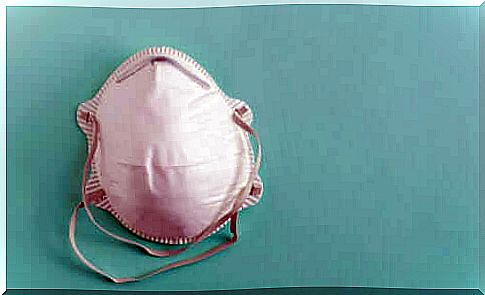
How to put the mask on correctly?
- Hold the mask in both hands, leaving the nose clip on the top edge. Adjust the clip by gently folding it in the center and opening the mask by pulling on the bottom.
- Place the mask under your chin and pass the two straps over your head.
- Thread the lower strap under your ears and the upper strap over your head.
- Shape the nose clip with both hands to fit the shape of your nose.
take off the mask
To take off the protective elements, there is also a suitable order which is: gloves, glasses, pants, hood and blouse. This must all be done outside the contamination zone. You must remove the mask and dispose of it as indicated, then wash your hands.
Conclusion
There are different types of masks for protection. They filter out harmful particles present in the environment. It is important to choose the correct one for each case and place it correctly for good protection. Not all masks are always useful, and they can often be counterproductive if not used properly.
